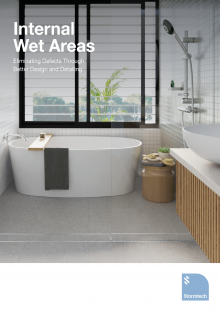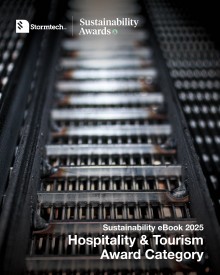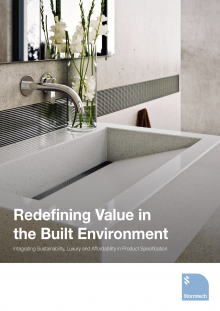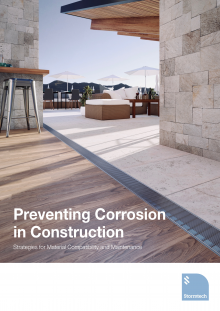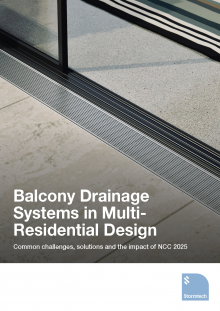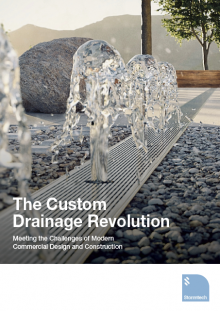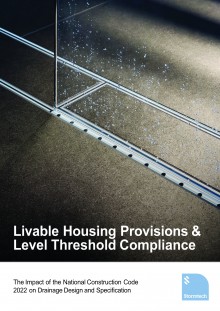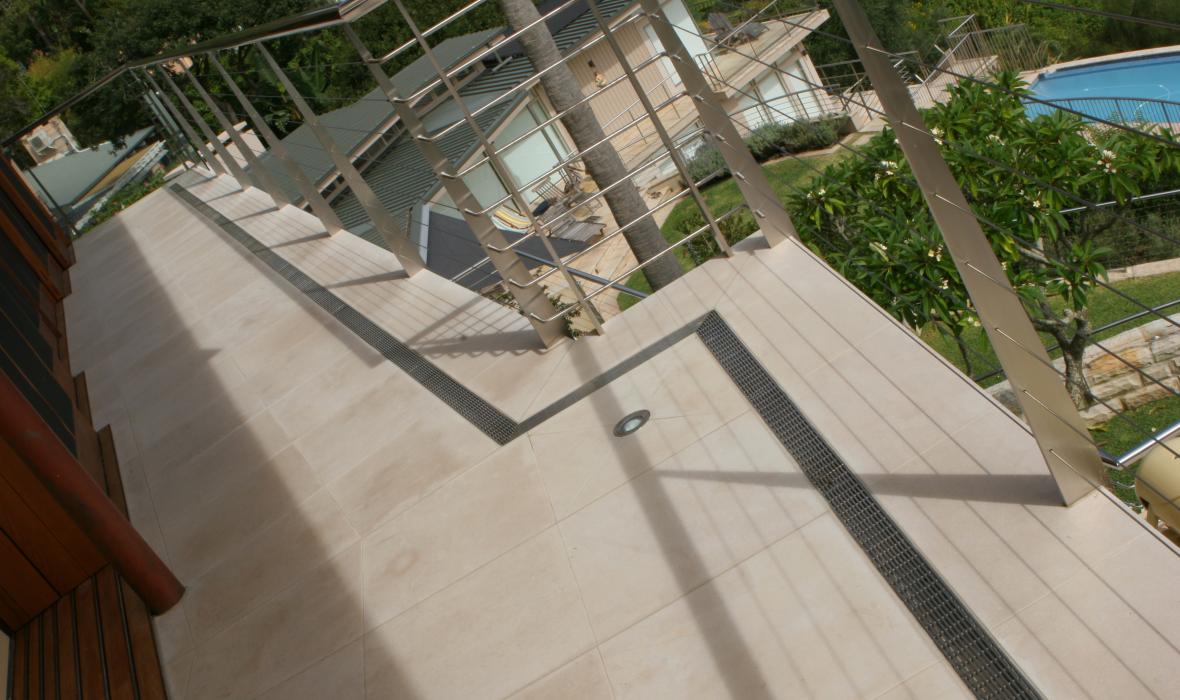
To overcome the evident shortfalls of centralised balcony drainage, homeowners have been increasingly drawn to level threshold solutions. Threshold is specifically designed for restricted balcony spaces, offering excellent drainage possibilities and unique ‘no stepdown’ provisions to support universal access.
Key Considerations ›
1. Depth of Profile
Careful consideration must be given to the depth of profile allowance within balcony spaces. A shallow depth profile will strictly limit the type of lineal drain solution that can be applied within the balcony space and will reduce overall flow capacity.
2. Drainage Placement & Downpipe Location
Precise placement of the lineal drain is crucial to the efficacy of the entire drainage system. Lineal systems are uniquely designed to sit parallel to walls or access points, or flush against the floor to ensure maximal surface coverage and superior water drainage.
To meet these requirements, waste outlets and connected downpipes can be positioned at the edge of the balcony area in order to connect with the threshold subsill; although multiple outlets spaced along the channel are more efficient.
While balcony piping and drainage outlets may be modified during the construction phase, the possibilities of major modification on existing constructions remains limited. In this case, a traditional central drainage solution is simplest.
Stormtech’s skilled specialists work closely with specifiers, architects and builders to offer tailored drainage solutions, including bespoke drawings and plans for customised drainage designs.

